20 Canadian Heroes You Might Not Know About—But Should
A celebration of the great trailblazers, visionaries and inventors who've shaped our country.
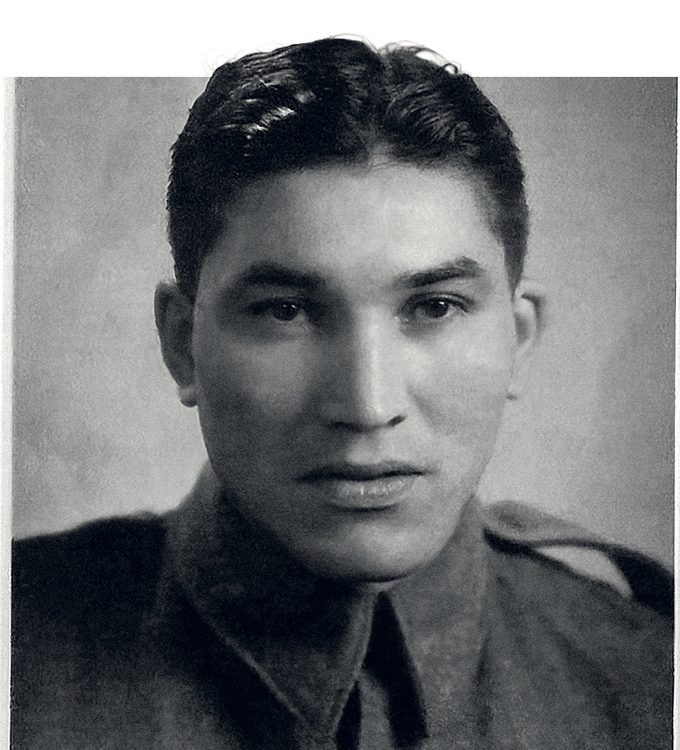
Unsung Canadian Heroes
Charles “Checker” Marvin Tomkins (1918-2003)
The Cree speaker who helped win WWII
As a member of a classified project that involved encrypting sensitive information during the Second World War, Tomkins was accustomed to keeping secrets. He was so good at it, in fact, that it wasn’t until documentary filmmakers came calling shortly before his death in 2003 that Tomkins’s family learned that he had served as a Cree code talker—a member of a unique military intelligence unit made up of Indigenous servicemen.
A Métis Cree speaker, Tomkins grew up in a large family in Grouard, Alberta. Stationed in England in 1940, he was tasked with “encrypting” messages into Cree. These would then be sent elsewhere in the field, where another Cree code talker would translate the information back into English. Tomkins and his fellow Indigenous encryption officers were true Canadian heroes who played an integral role in transmitting intelligence and protecting the troops.
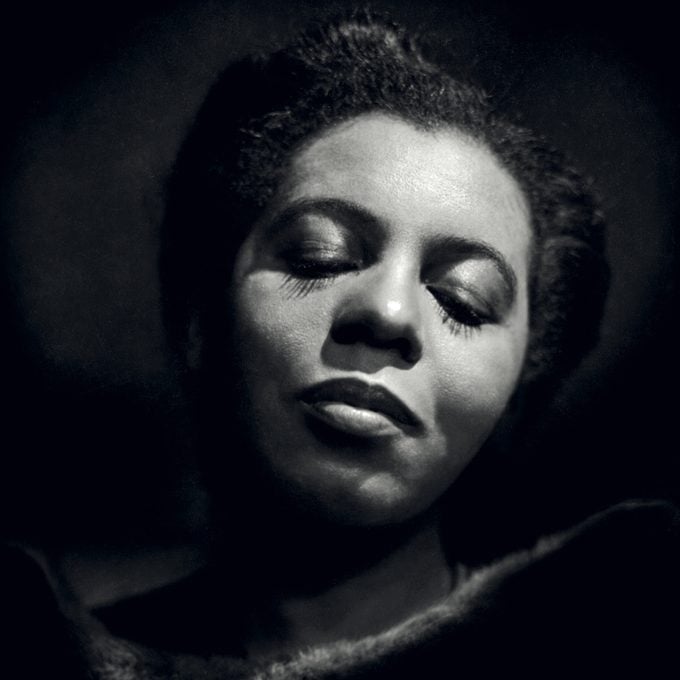
Portia White (1911-1968)
The singer who broke barriers
As a Black artist, White was one of the first to shatter colour barriers in Canada. Born in Truro, Nova Scotia, she trained as a contralto at the Halifax Conservatory of Music. In the 1940s, she entranced audiences worldwide with her powerful renditions of “Think on Me” and “He’s Got the Whole World in His Hands.” Despite the international acclaim, White faced constant racism and was often barred from restaurants and hotels in the cities she toured. But she never gave up. “Nobody ever told me to sing,” White once said. “I was born singing.”
In 1944, Nova Scotia created a charity in White’s name, awarding Black artists with scholarships and prizes. Her fame set the stage for countless Black Canadian musicians. “If it wasn’t for Portia White,” says her niece, Sheila White, an accomplished pianist and composer, “there wouldn’t be a Drake.”
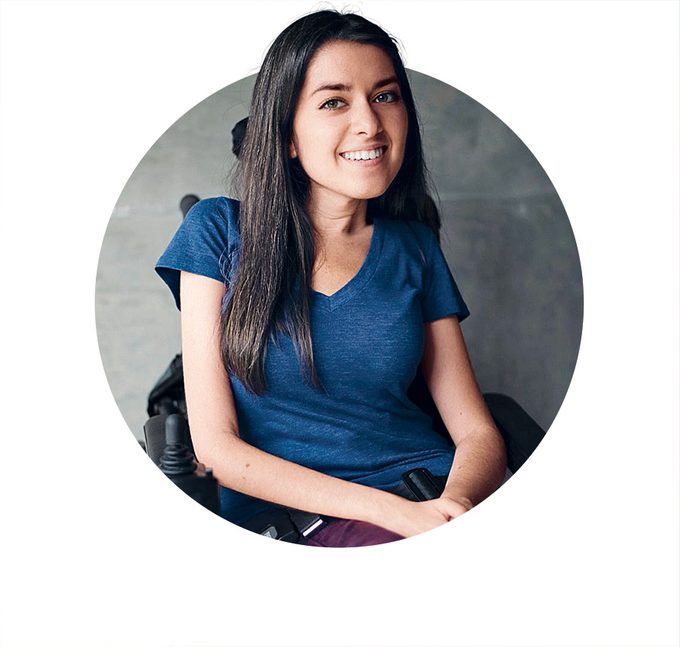
Maayan Ziv (b. 1990)
The entrepreneur making our cities more accessible
Born with muscular dystrophy, Torontonian Ziv often faced uncertainty whenever she left her home. “I use a wheelchair and I’d go to locations that were inaccessible without knowing I’d encounter that problem,” she says. “I decided to build a tech company to help people like me navigate an inaccessible world.”
In 2015, Ziv started AccessNow, an online platform that allows users to see whether a location has ramps, elevators, accessible washrooms and more. Today, it provides information on 200,000 locations in 35 countries, and helps tens of thousands of users. “That’s all the motivation I need,” says Ziv. “My goal is to share accessibility information about every single place on the planet.”
John Brackett (1890–1958)
The mariner who saved Halifax Harbour
On November 3, 1943, Brackett witnessed a crew desperately trying to put out a fast-spreading fire on the U.S. freighter Volunteer. As a civilian harbour pilot, the 53-year-old ran a team of tugboats that navigated ships in and out of Halifax Harbour. He immediately recognized the looming danger: the freighter carried enough explosive munitions to destroy the harbour and half of Halifax—and it was minutes from blowing up.
Brackett jumped aboard the Volunteer and quickly guided a pair of tugboats to pull the ship out of harm’s way. Once the freighter arrived at a nearby island, the crew flooded the holds to douse the fire, saving the city.
Albertine Lapensée (1898-unknown)
The star who changed hockey
Born in 1898, Lapensée learned to skate on iced-over creeks. When the First World War sent men to the Western Front, a Québécois arena owner dreamed up the Eastern Ladies’ Hockey League—and Lapensée seized her opportunity. Between 1916 and 1917, she demonstrated astonishing skill, leading the Cornwall Victorias to glory after glory. Francophone fans referred to her as “l’Étoile des étoiles”—the star of stars. She once scored 15 goals in a single game. And then, at 18, she left the spotlight. Little is known about her later life, but she remains an undercelebrated icon of Canada’s most beloved game.
Take a peek at 20 fascinating artifacts you’ll find in Canadian museums.
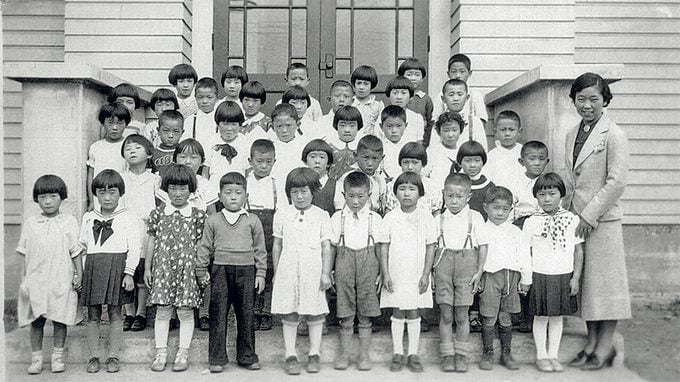
Hide Hyodo Shimizu (1908-1999)
The teacher who campaigned for reparations
In 1942, the Canadian government expelled elementary school teacher Shimizu and her family from their Vancouver home and forced them, along with an estimated 22,000 Japanese Canadians, to live in an internment camp through the Second World War. Shimizu, who was born in Vancouver, spent three years in the camps. During that time, she organized the education of over 2,000 Japanese-Canadian children detained throughout British Columbia—ensuring they didn’t fall behind.
She didn’t stop there. Shimizu also advocated for Japanese Canadians’ right to vote, which was won in 1949, as well as reparations for interned Japanese Canadians. In 1988, Prime Minister Brian Mulroney formally apologized for Canada’s actions during the war, established a $12-million community fund and paid a token $21,000 to each Japanese-Canadian survivor.
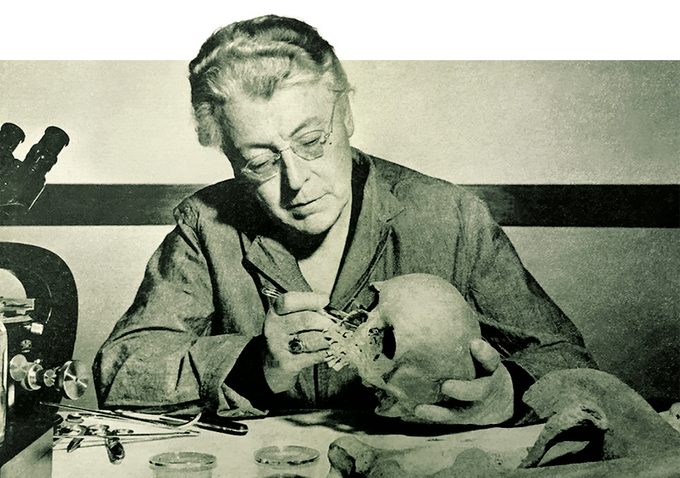
Dr. Frances McGill (1877-1959)
The doctor who solved murder mysteries
McGill graduated at the top of her med school class at the University of Manitoba in 1915 and promptly put her credentials to good use. As the Spanish flu pandemic raged in 1918, McGill, then Saskatchewan’s head bacteriologist, led a campaign to provide tens of thousands of vaccinations. Later, her interest in public health inspired her to work on treatments for a host of different allergies.
McGill is perhaps best known, however, as Canada’s answer to Sherlock Holmes. Between 1922, when she became Saskatchewan’s chief pathologist, and the 1940s, when she formally retired, she kept busy cracking unsolved cases. McGill’s skill at reading corpses and crime scenes transformed the field of criminology: whether she was piecing together a shattered skull or examining posthumous tissue, she was able to discern truth from the murky mysteries of the body.
These Canadian true crime podcasts are worth adding to your playlist.
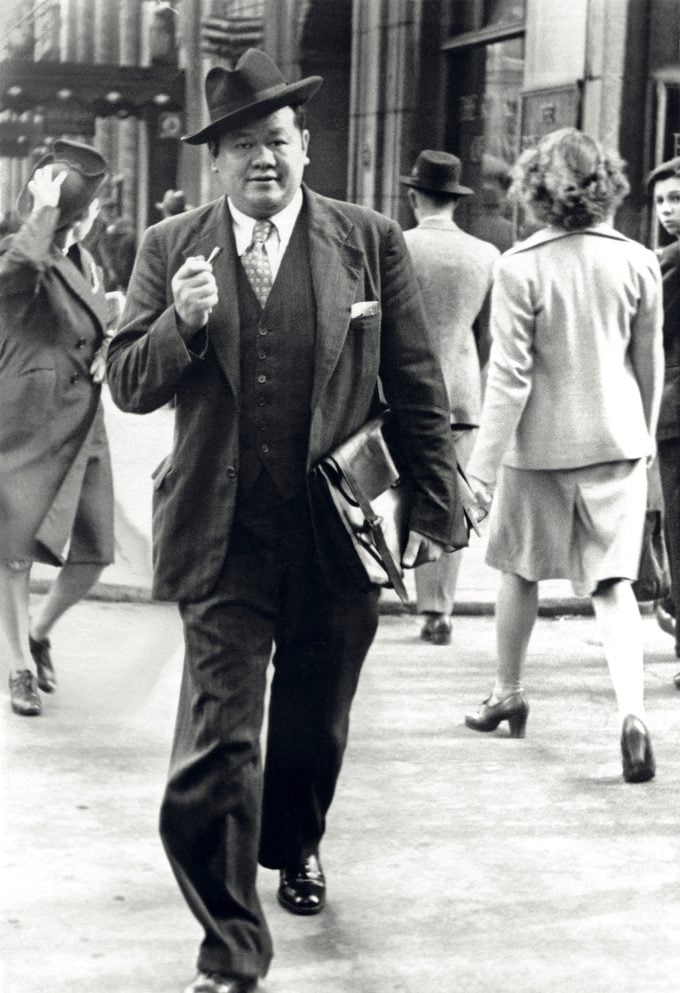
Kew Dock Yip (1906–2001)
The lawyer who challenged the Chinese Immigration Act
In the early 1940s, when Vancouver-born Yip enrolled in law school, individuals of Asian descent were forbidden to practise law in British Columbia. In fact, Asian people were also denied the right to vote in Canada. Neither fazed the Chinese-Canadian polymath, who graduated from Toronto’s Osgoode Hall in 1945. In turn, he successfully lobbied the court to strike down the Chinese Immigration Act—a law dating back more than two decades that prevented Chinese immigrants from entering the country. Yip wasn’t content to rest on his laurels. Even after establishing a thriving law practice and making brief forays into public service and acting (including an appearance in a Cyndi Lauper music video), he never stopped learning: in his mid-’80s, he re-enrolled in university because he wanted to study Shakespearean English.
Gwen Barlee (1963–2017)
The environmentalist who protected endangered species
The daughter of a B.C. MLA, Barlee’s childhood was spent debating politics and learning about the majesty of nature. Devoting her life to the public good, she joined the Wilderness Committee, where she became a ferocious advocate for the protection of endangered species, such as the northern spotted owl. Not long before she died in 2017 of cancer, she presented the B.C. legislature with a petition, signed by 40,000 residents, to establish a law to protect species at risk. Joe Foy, Barlee’s friend at the organization, says she showed that “You don’t have to be wealthy and powerful—you just have to be aware and care, and you can make a difference.”
Nellie Cournoyea (b. 1940)
The politician who changed the North
Lauded for her “tough, pragmatic approach, and her relentless work ethic,” in the words of a former colleague, Cournoyea is also a force to be reckoned with. The first Indigenous woman to lead a province or territory, she became a member of the legislative assembly in 1979 and served as premier of the Northwest Territories from 1991 to 1995. For the next 20 years, until her retirement in 2016, Cournoyea chaired the Inuvialuit Regional Corporation, ensuring Inuvialuit had a say (and a share) in the economic fortunes of the region and also administering the historic land-claim settlements she worked to secure while in the legislature.
Inspired to learn about more Canadian heroes? Add these great Canadian history podcasts to your playlist.
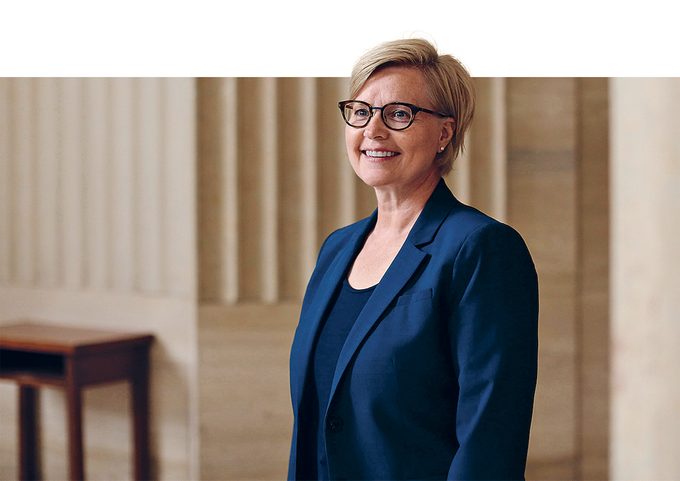
Michelle Douglas (b. 1963)
The officer who opposed discrimination
When Ottawa’s Douglas enlisted in the Canadian Armed Forces in 1986, it felt like a dream come true. She was devastated when, two years later, she became the subject of a vicious investigation on account of her sexuality. At the time, the military considered LGBTQ2S+ individuals subversives and threats to national security; Douglas was discharged. In response, she took the CAF to court. In 1992, the Federal Court of Canada ruled in her favour, calling for an end to the military’s discriminatory practices. In turn, 718 survivors of the LGBT Purge filed a class-action lawsuit against the federal government and won a settlement of up to $145 million. Douglas is now the executive director of the LGBT Purge Fund, advancing human rights for LGBTQ2S+ people. “I wish I could go back and tell myself what I’d tell anyone struggling,” she says. “‘Don’t give up. You are beautiful, you are loved and you are worthy.’”
Ron Deibert (b. 1964)
The professor safeguarding the Internet
Since founding the Citizen Lab research centre in 2001, University of Toronto professor Deibert has published more than 120 eye-opening reports on cyber espionage, commercial spyware and internet censorship. He first made international headlines in 2009, when the Citizen Lab uncovered a China-based spyware attack on hundreds of computers, including those of the Dalai Lama. Deibert’s report on the massive scope of the attack, which spanned 103 countries, spotlighted the wide extent of digital espionage—and the urgent need to do something about it. Since then, the Citizen Lab has detected and exposed spyware being used by authoritarian regimes to monitor political dissidents, human rights activists and journalists worldwide. “If we had 25 Citizen Labs sprinkled around the planet,” says Deibert, “there would be another protective layer of dogged researchers who aren’t afraid to uncover abuses of power, no matter where they are.”
Marion de Chastelain (1910–2000)
The Allied agent who spied on the Nazis
De Chastelain could be a character in a James Bond movie. After the First World War, her father moved their family from New York to Romania. Marion became a polyglot, studied law at the Sorbonne, rubbed shoulders with European aristocracy and married a London oil baron. Her cosmopolitan life equipped her for a career as an international spy. During the Second World War, she was recruited by British intelligence as a transcriptionist. She later joined the counter-intelligence branch of MI6, running operations in Vichy France and in the Balkans. After the war, she became a bona fide Canadian, settling in Alberta with her husband and children, where she remained until her death in 2000.
Here are more inspiring Canadian women you didn’t learn about in history class.
Hussain Guisti (b. 1967)
The businessman building mosques across Canada’s North
In 2006, Guisti and his family relocated from Winnipeg to Thompson, Manitoba—only to discover it didn’t have a mosque. In response, Guisti started the Zubaidah Tallab Foundation and raised donations to build one. The building opened its doors in 2007. Next, the Muslim community of Inuvik, N.W.T., asked him for help. He raised $323,000 and in late 2010, the mosque welcomed its first worshippers. Guisti has since built mosques in Whitehorse and Iqaluit, with Yellowknife up next. “These Muslims now have mosques where they can come together, put down roots and flourish,” he says.
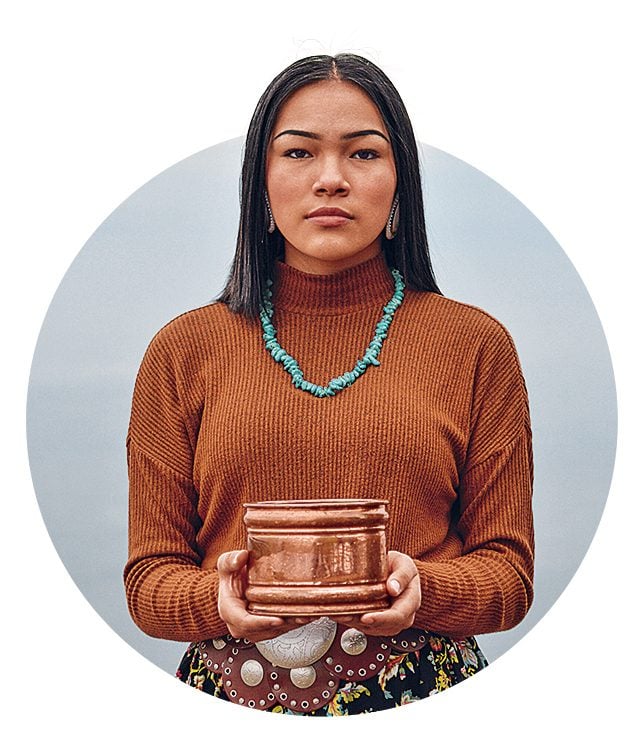
Autumn Peltier (b. 2004)
The teen fighting for clean water
In 2018, Peltier, a 13-year-old member of Wiikwemkoong First Nation, addressed the United Nations General Assembly in New York City for World Water Day, imploring them to “warrior up” and stop polluting the planet’s water. “No child should grow up not knowing what clean water is,” she said. The following year, the Anishinabek Nation appointed her their chief water commissioner, a role that has her advocating for the 29 First Nation communities that lack clean drinking water. Years later, she’s still at it. “It’s unacceptable that a country as rich in resources as Canada can treat its Indigenous people so poorly,” says Peltier.
Here are 10 Indigenous authors you should be reading.
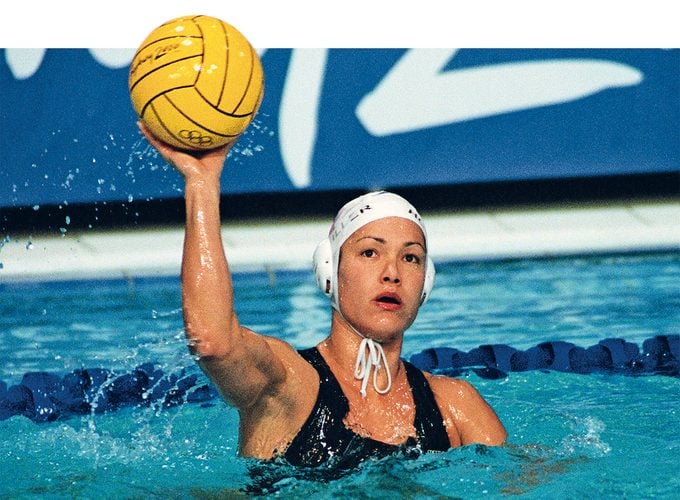
Waneek Horn-Miller (b. 1975)
The Olympian inspiring the next generation
At 14, Horn-Miller had a near-death experience that changed her life. While standing in solidarity with fellow Mohawks during the 1990 Oka Crisis, the escalating tensions between protestors and the Canadian military and provincial police erupted into violence. As she attempted to carry her four-year-old sister, Kaniehtiio Horn, to safety, a soldier stabbed her in the chest with a bayonet. She survived the incident and used the trauma to fuel her dream of becoming an Olympic athlete. “I channelled all the anger, pain and sadness from my experiences into something positive and empowering,” she says.
In 2000, as co-captain of the national water polo team, Horn-Miller became the first Mohawk woman to represent Canada at the Olympics. The 46-year-old now serves as a motivational speaker, helping Indigenous youth build self-esteem and achieve their dreams through education and sport.
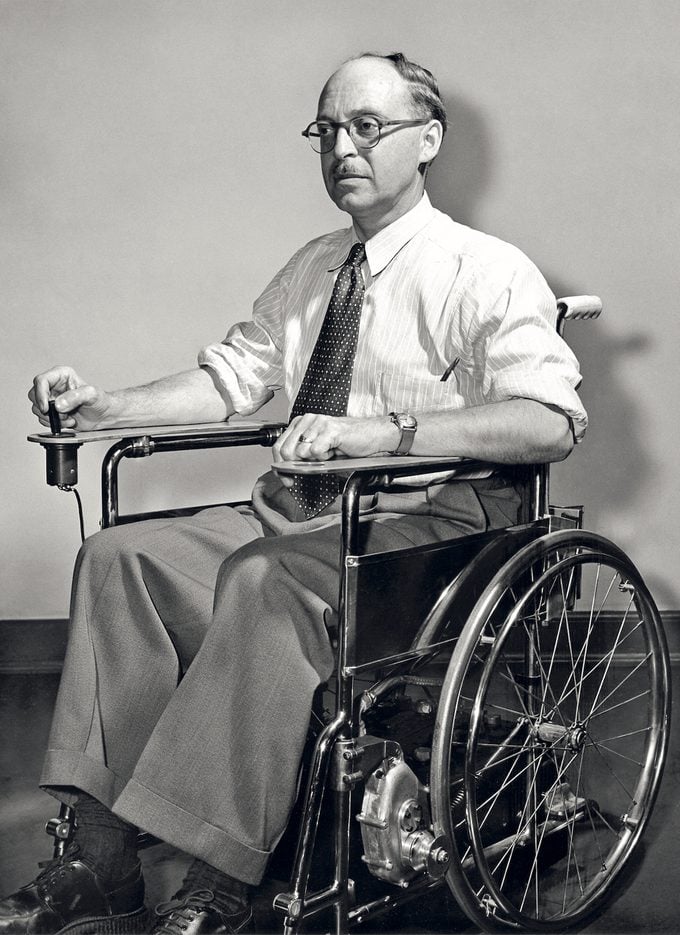
George Klein (1904–1992)
The engineer behind 1,000 technologies
Klein helped invent aircraft skis, a life-saving microsurgical staple gun used to suture blood vessels and the first Canadian nuclear reactor, among many other wonders. But he is probably best known for designing the first mass-produced electric wheelchair in 1953, which transformed the lives of countless quadriplegic Canadian Second World War veterans. When Klein was in his 70s, the National Research Council of Canada pulled him out of retirement to help design the Canadarm, an innovative robotic arm used in NASA’s space shuttle program. Three years after he died, Klein was inducted into the Canadian Science and Engineering Hall of Fame, where he joined the likes of Alexander Graham Bell and Frederick Banting.
Discover more Canadian contributions to the exploration of space.
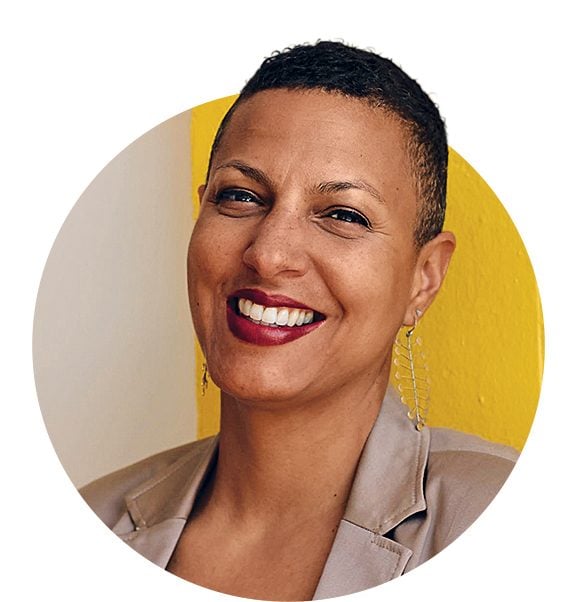
Rachel Zellars (b. 1974)
The educator empowering Black children
In 2020, Halifax lawyer and professor Zellars co-founded the African Nova Scotian Freedom School. The original Freedom schools emerged during the 1960s U.S. Civil Rights Movement. “I wanted to give Black children the tools and support to understand this ongoing pivotal moment of their history,” says Zellars, “which they simply wouldn’t get in public school.” The courses educate Black youth on their rich heritage and also teach skills to help students become community organizers. She dreams of her work becoming a template for new schools across Canada, creating future generations of Black leaders.
Reginald Aubrey Fessenden (1866–1932)
The radio pioneer who connected us to the world
Fessenden is one of Canada’s most influential, but least celebrated, engineer-inventors. Born in 1866 and raised in Ontario, he cultivated an early interest in science, sparked as much by the influence of his own uncle, a physics teacher, as by Alexander Graham Bell’s telephone transmissions in nearby Bolton, Ontario. By 1906, he was responsible for pulling off the first two-way transatlantic transmission, during which he invited naval officers at sea to tune in to a Christmas Eve program of music and good cheer. He attempted countless experiments, many of which resulted in serendipitous discoveries that range from sonar technology for boats to tea infusers and an X-ray machine.
Mary Ann Shadd Cary (1823–1893)
The newspaper publisher who campaigned against slavery
“Self-reliance is the true road to independence.” That was the tag line of The Provincial Freeman, an antislavery broadsheet first published in 1853 in Windsor, Ontario. It could also be the motto of the paper’s publisher and editor, Shadd Cary. Born in Delaware, she later relocated to Canada and founded The Provincial Freeman to celebrate the free Black community. Being the first Black woman to publish a newspaper—in the pre-Civil War era, no less—might seem like the accomplishment of a lifetime, but it was just one of many for an individual who committed her life to activism, abolition and education.
Next, put your knowledge of Canadian heroes to the test with our great Canadian trivia quiz.



